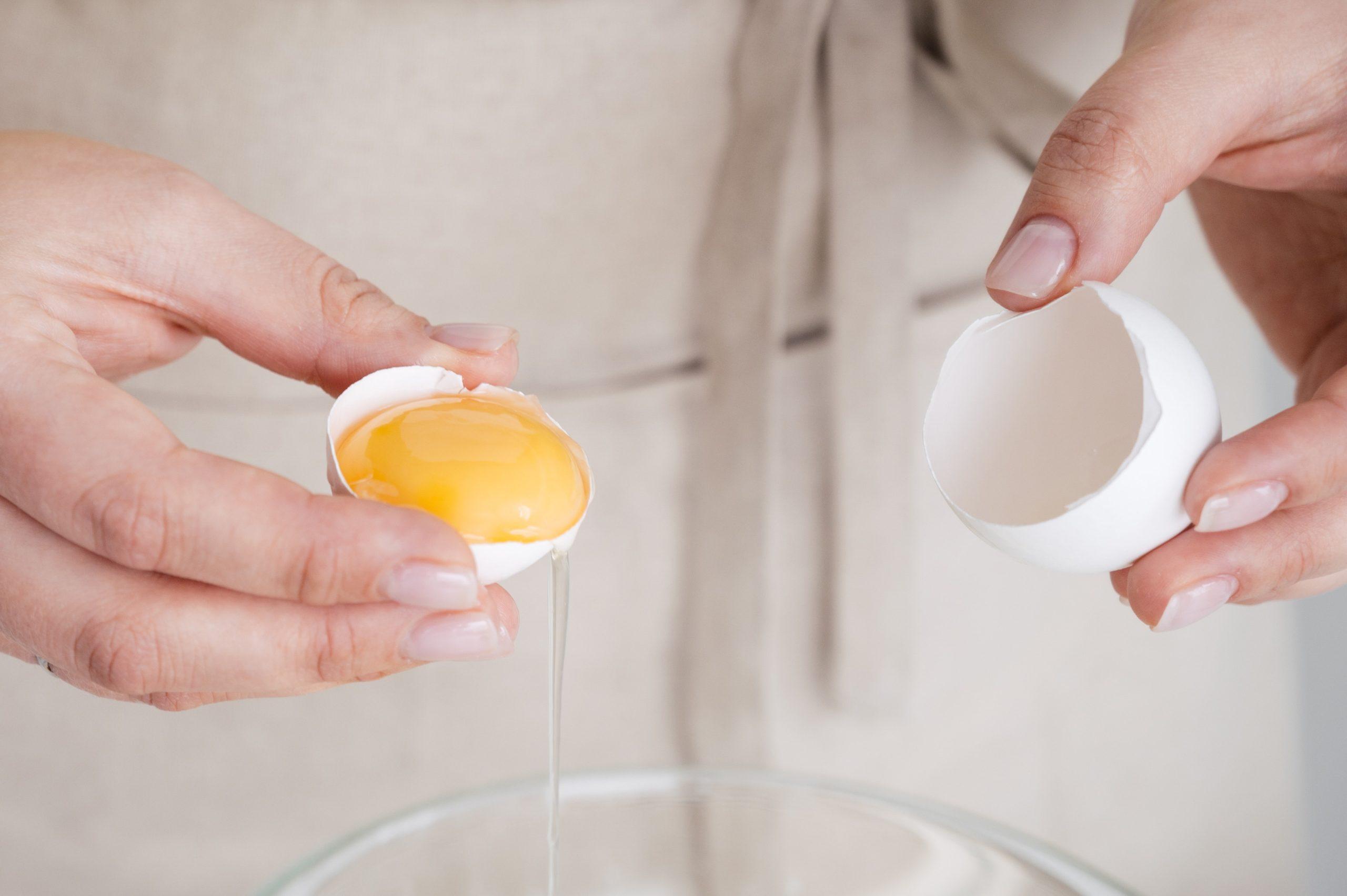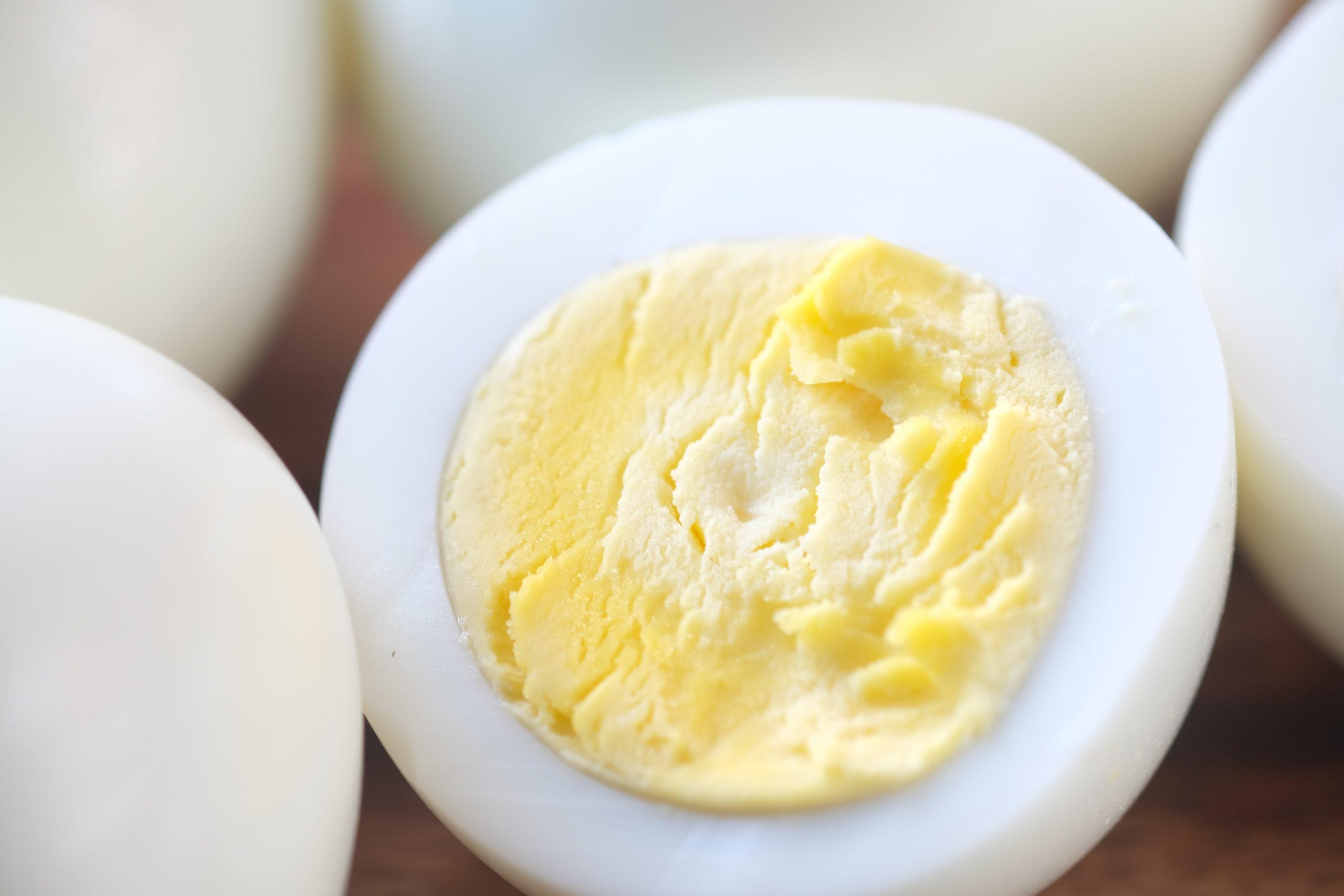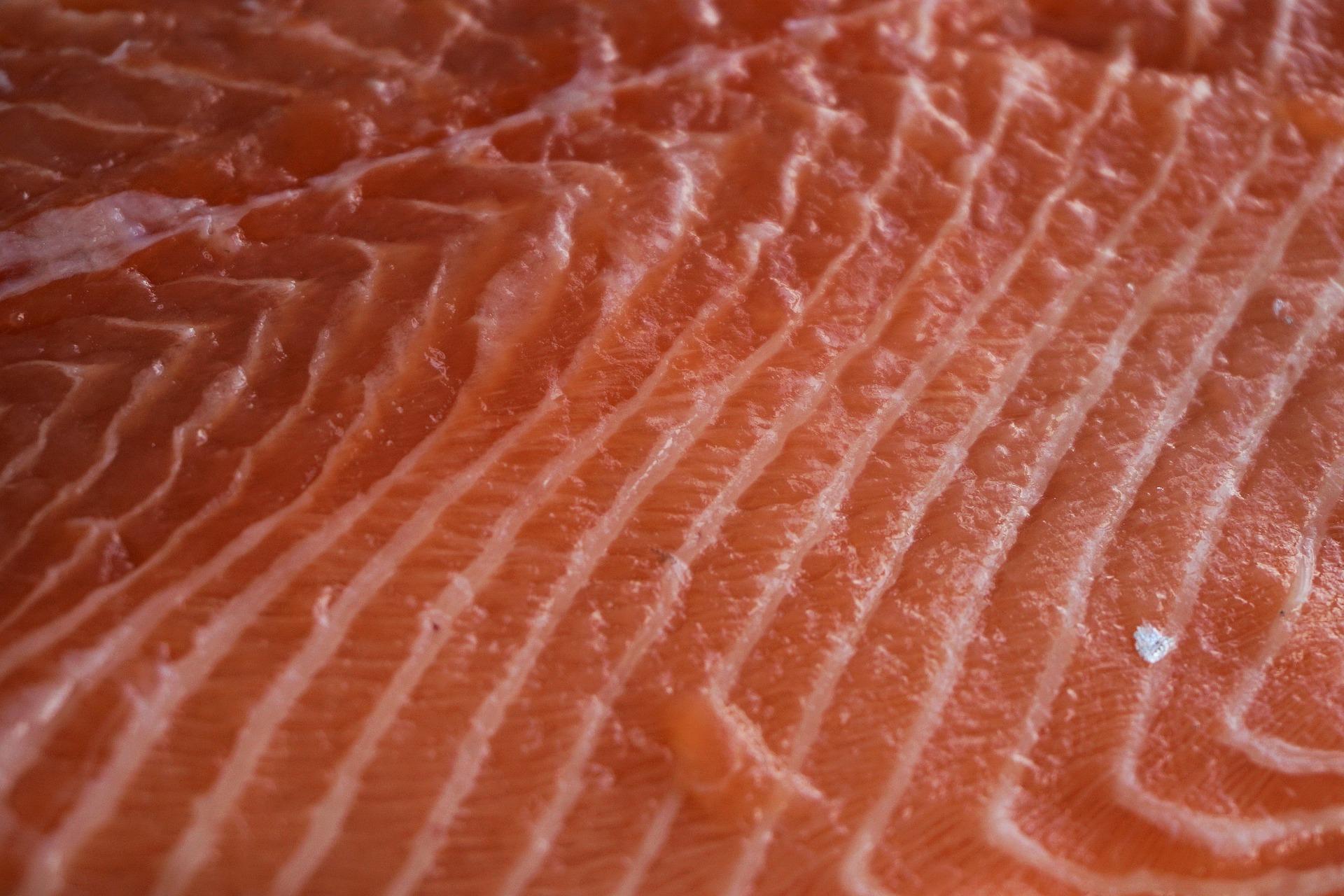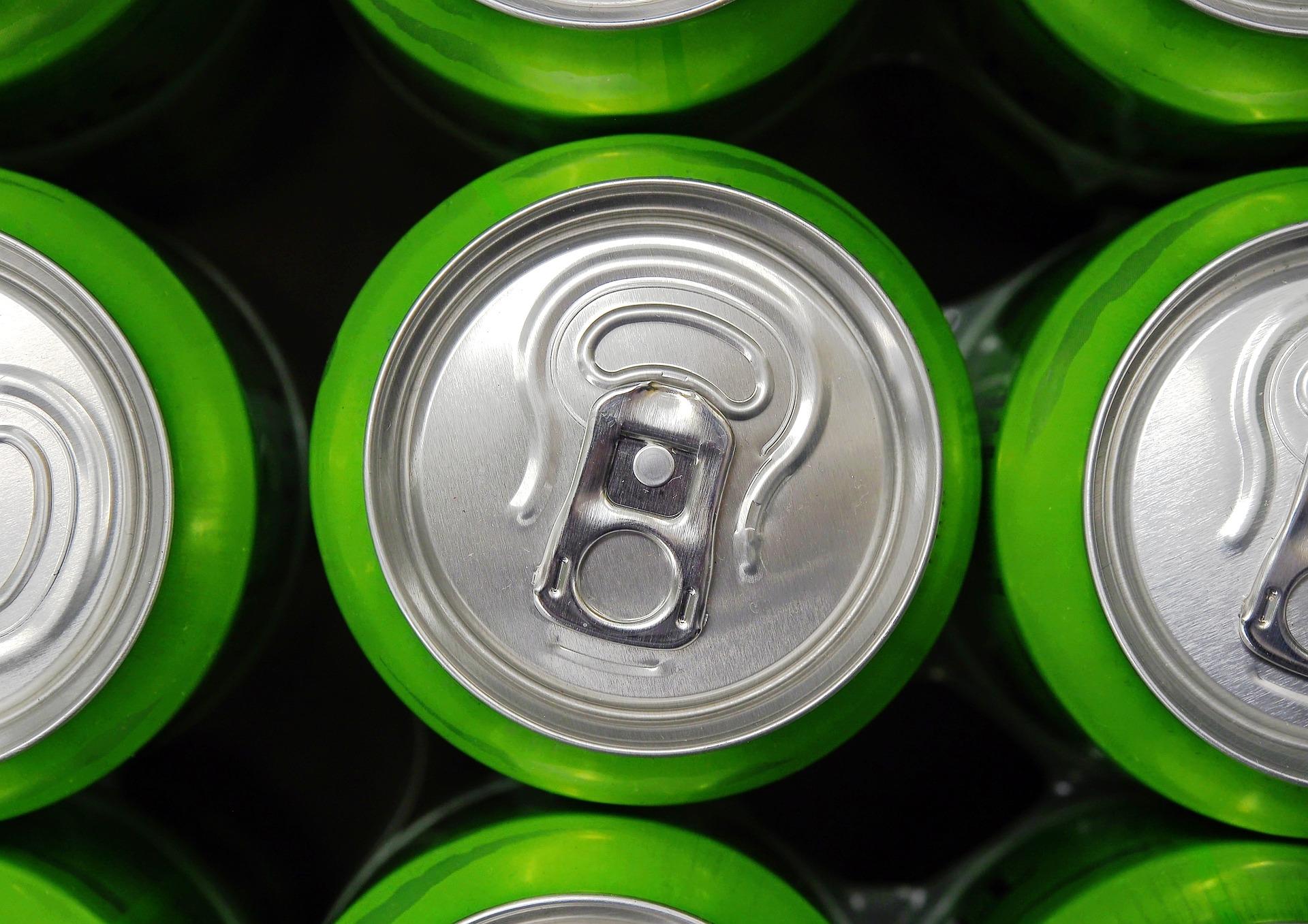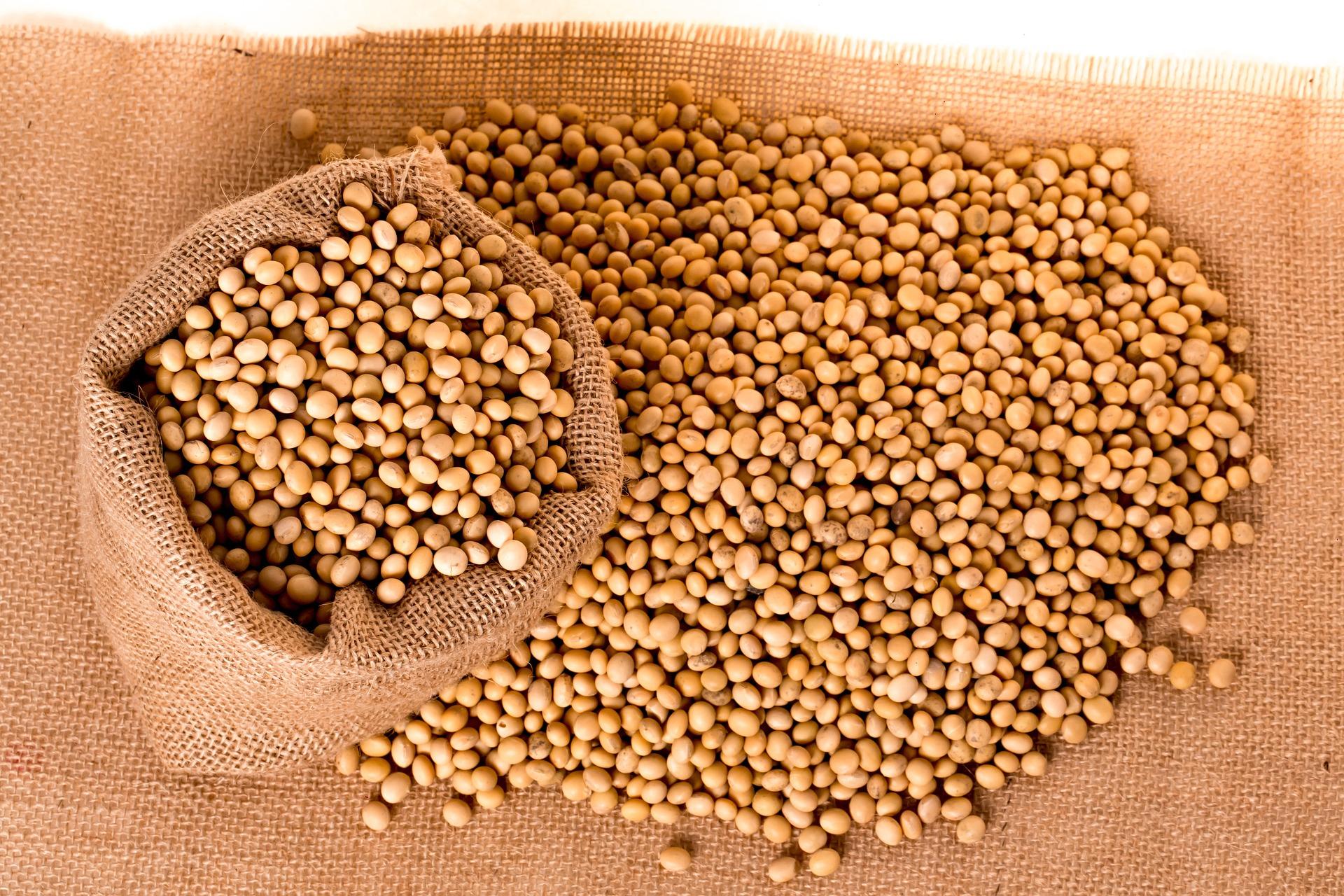Cinnamon is one of the most popular herbs or spices in the world. It is frequently used in the preparation of both savory and sweet dishes, drinks, candies, and toast. It has been valued throughout history, both in cooking and in religious rituals and medicine. This formerly mystifying plant part has been revealed by science to be a carrier of chemicals known as flavor (or aroma) compounds. Here is how it is grown.
Can You Eat Liquid Egg White Raw?
Titanium Dioxide From Skittles: It Is Safe?
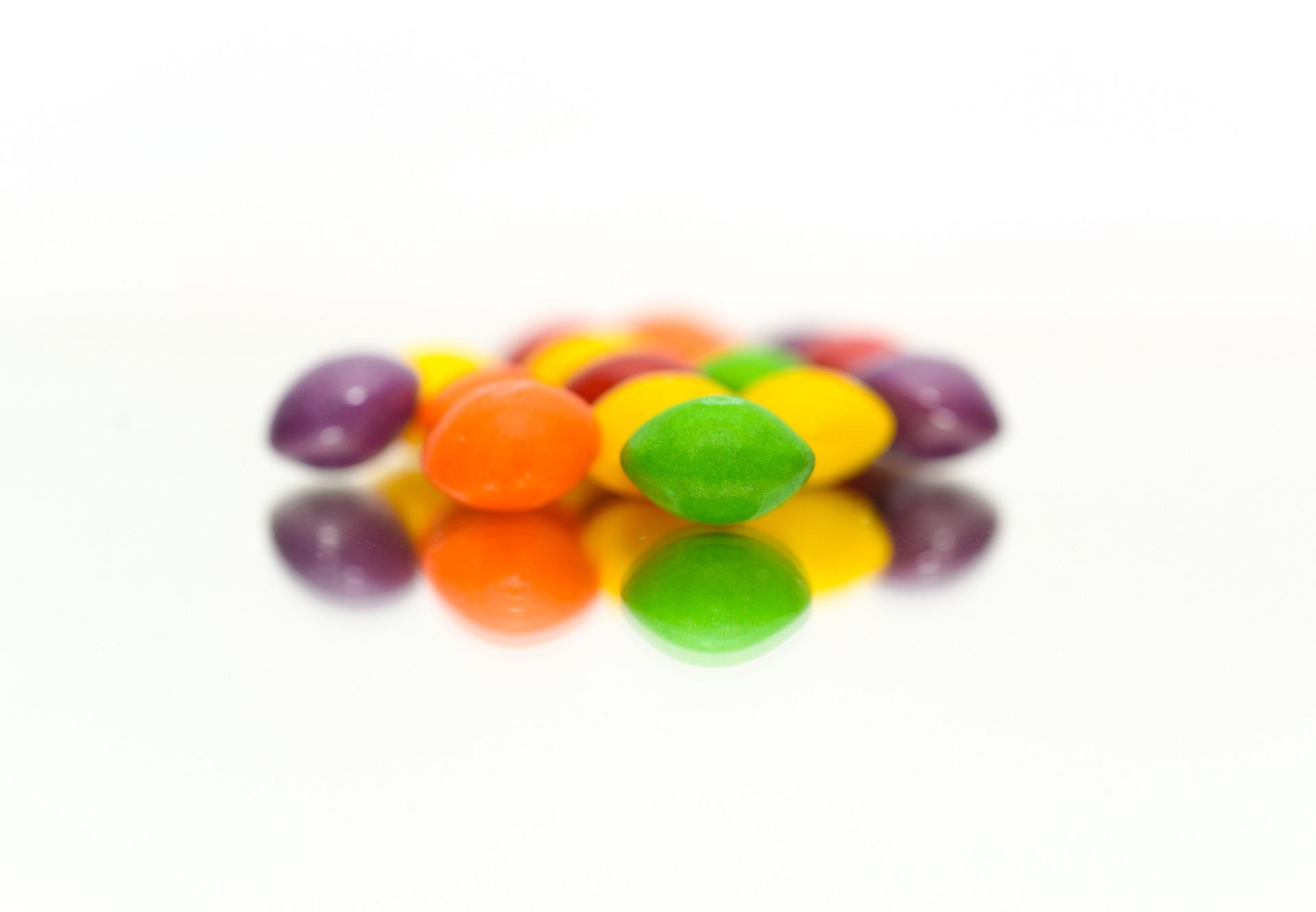
Titanium dioxide (E171) is an odorless, white, insoluble substance made up of titanium and oxygen atoms. Its chemical structure ideal for refracting light. And its particle size allows it to diffuse evenly throughout a formulation. To help with dispersion in foods, it frequently contains silicon dioxide and/or aluminum oxide. These diluents can make up no more than 2% of the total.
What Is Gelatin and How Is It Made?

Gelatin (gelatine) is a tough, colorless, and flavorless protein derived from collage from various animal sources, usually pig or cattle. It’s made up of amino acids that are strung together like a molecular chain. When processed, it creates a translucent and flavorless food that has unique properties when heated or cooled.
Green Yolk On Hard Boiled Egg: Is It Safe?
Farmed And Wild Salmon: 3 Things To Know
Why Cyclamate Is Banned In The United States
Gum Arabic And Its Uses In Food (E414)
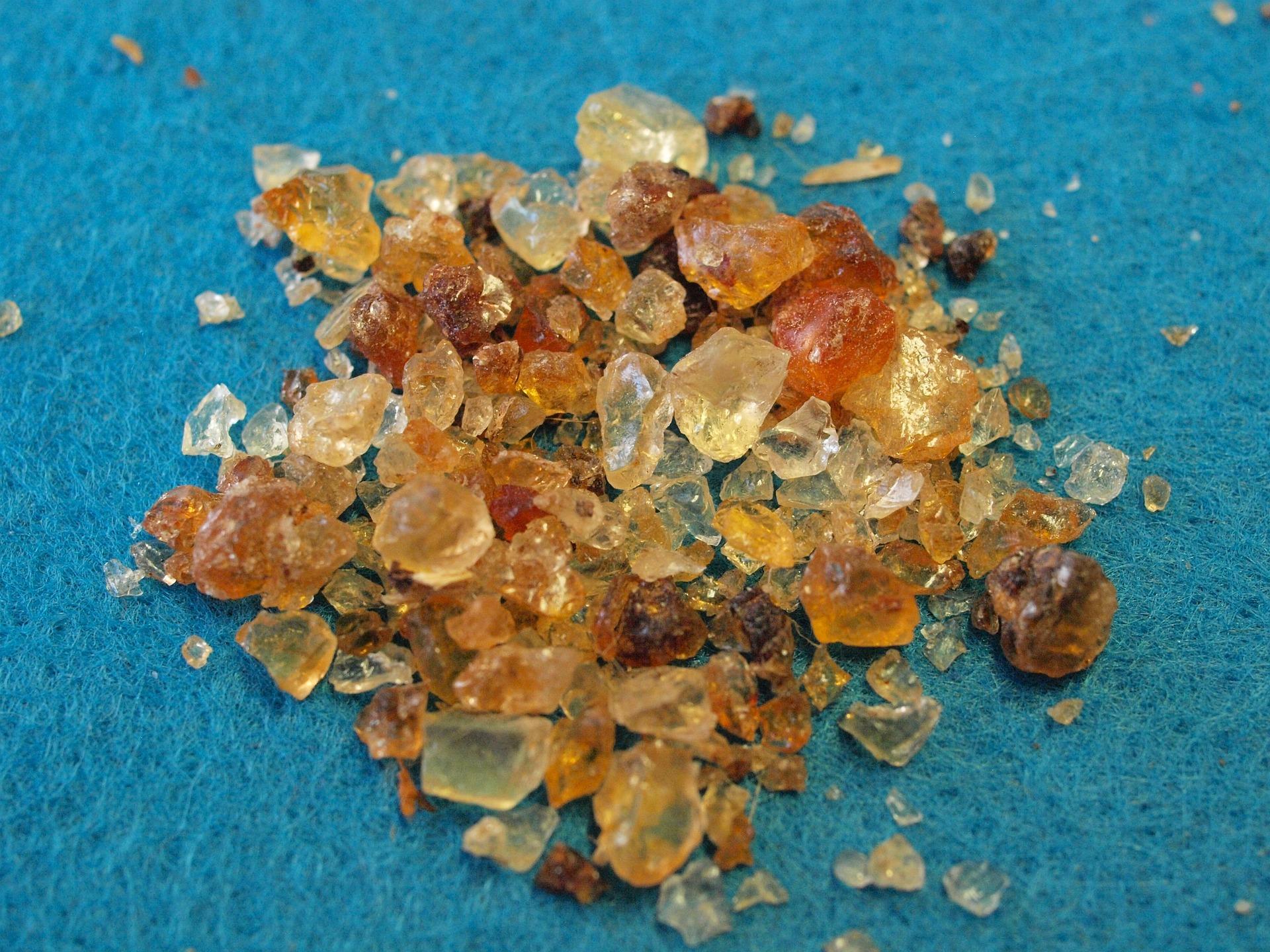
Gum Arabic is the dried exudate of the acacia tree. It is a polysaccharide salt that contains ions of calcium, magnesium, and potassium. It is neutral or slightly acidic. Gum Arabic is employed in a wide range of industries. It is mostly utilized in the production of food, where it serves as a functional ingredient in numerous food products.

